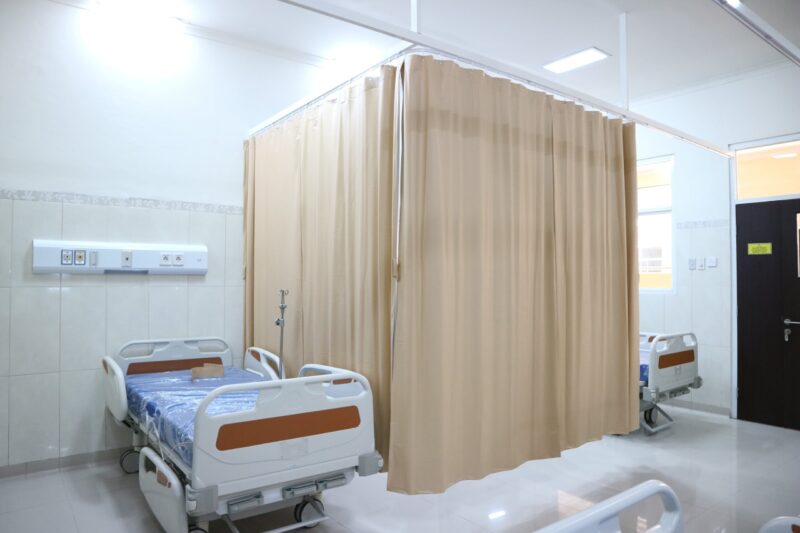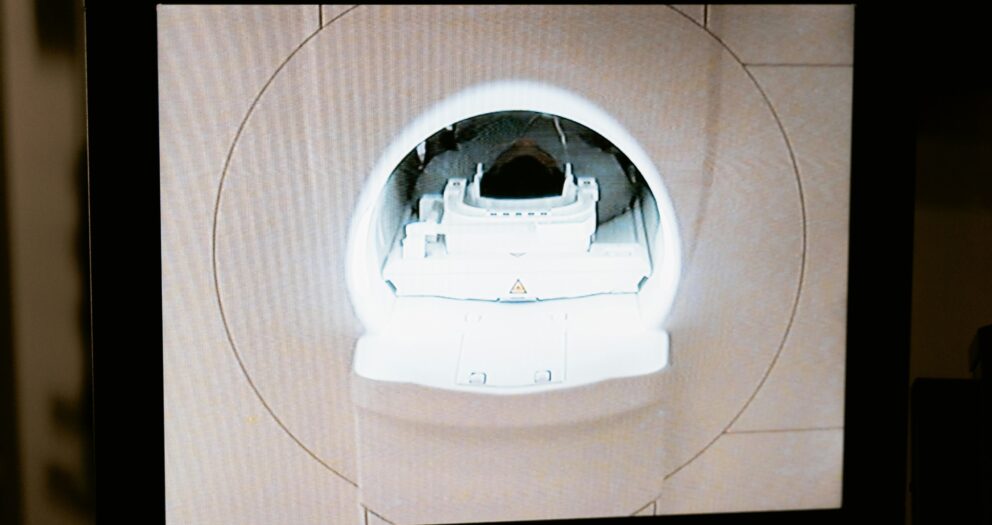Opting to increase a hospital’s Intensive Care Unit ICU bed capacity is no mean feat. As a health facility, you need strategic plans and to consider various factors to be successful. ICU bed capacity directly impacts a hospital’s ability to handle critical cases, respond to emergencies, and provide optimal patient care. In this blog, we’ll delve into the key factors that healthcare administrators and decision-makers should consider before embarking on the expansion of ICU bed capacity.
1. Available ICU Space
The physical layout of the hospital and the available space within the ICU area are critical factors when considering bed capacity expansion. Assess the current ICU space and evaluate the potential for expansion within the existing facility.
Further, consider the square footage per bed to ensure that each bed has adequate space for medical equipment, staff movement, and patient care.
2. Patient Admissions Rate
Understanding the hospital’s historical admission rate and predicting future trends is essential for estimating the required number of ICU beds. Analyze historical data to determine the average ICU admission rate.
After an analysis, collaborate with medical experts to project potential increases in patient admissions based on population growth, community health trends, and other relevant factors.
3. Operational Costs
Expanding ICU bed capacity involves not only the physical space but also the operational costs associated with medical equipment, staffing, and ongoing maintenance. Conduct a comprehensive cost analysis to estimate the financial implications of bed expansion.
Don’t forget to consider the costs of additional medical equipment, hiring and training qualified staff, and ongoing operational expenses.
4. Long-Term Beds Usage and Availability
Consider the long-term usage of ICU beds and how different scenarios, such as extended patient stays, may impact bed availability. Evaluate the average length of stay for ICU patients and assess how this may impact bed turnover. Consider potential scenarios where long-term occupancy may affect bed availability and plan accordingly.
5. ICU Patient Outcomes
Assess the outcomes of ICU patients, including readmission rates and instances of patients returning to the ICU after discharge. Coupled with this, analyze patient data to understand outcomes and identify factors contributing to readmissions.
You should also develop strategies to improve patient care and reduce the likelihood of bounce backs, ensuring efficient use of ICU resources.
6. Emergence of Unexpected Health Strains
The unexpected emergence of health strains, such as epidemics and pandemics, can place a significant burden on healthcare facilities. Develop contingency plans for sudden increases in patient volume, such as those experienced during epidemics.
Join hands with public health agencies to stay informed about potential health crises and plan for surge capacity.
7. Location of the Health Facility
The geographical location of the health facility can impact the demand for ICU beds, especially if the hospital serves as the primary or sole healthcare provider in the area. Consider the population density and healthcare infrastructure in the surrounding region.
Make sure you’ve also conducted an evaluation of the hospital’s role in providing critical care services to the community and adjust bed capacity accordingly.
8. Level of Hospital (e.g., Level 6 or Level 5)
The level of the hospital, determined by the range and complexity of services provided, influences the need for ICU beds. Understand the hospital’s level and the associated requirements for critical care services. Consider accreditation standards and regulatory guidelines when planning for ICU bed expansion.
Conclusion
Expanding ICU bed capacity is a complex project that requires a holistic approach and careful consideration of various factors. From assessing available space to understanding patient admission rates, operational costs, and unexpected health strains, healthcare administrators must navigate a multifaceted landscape.
Ensuring optimal patient outcomes, minimizing bounce backs, and addressing the unique challenges presented by the hospital’s location and level are integral to successful ICU bed expansion. Approach the decision strategically, and factor in the considerations discussed to address your community’s healthcare needs.





Write a comment
Your email address will not be published. All fields are required